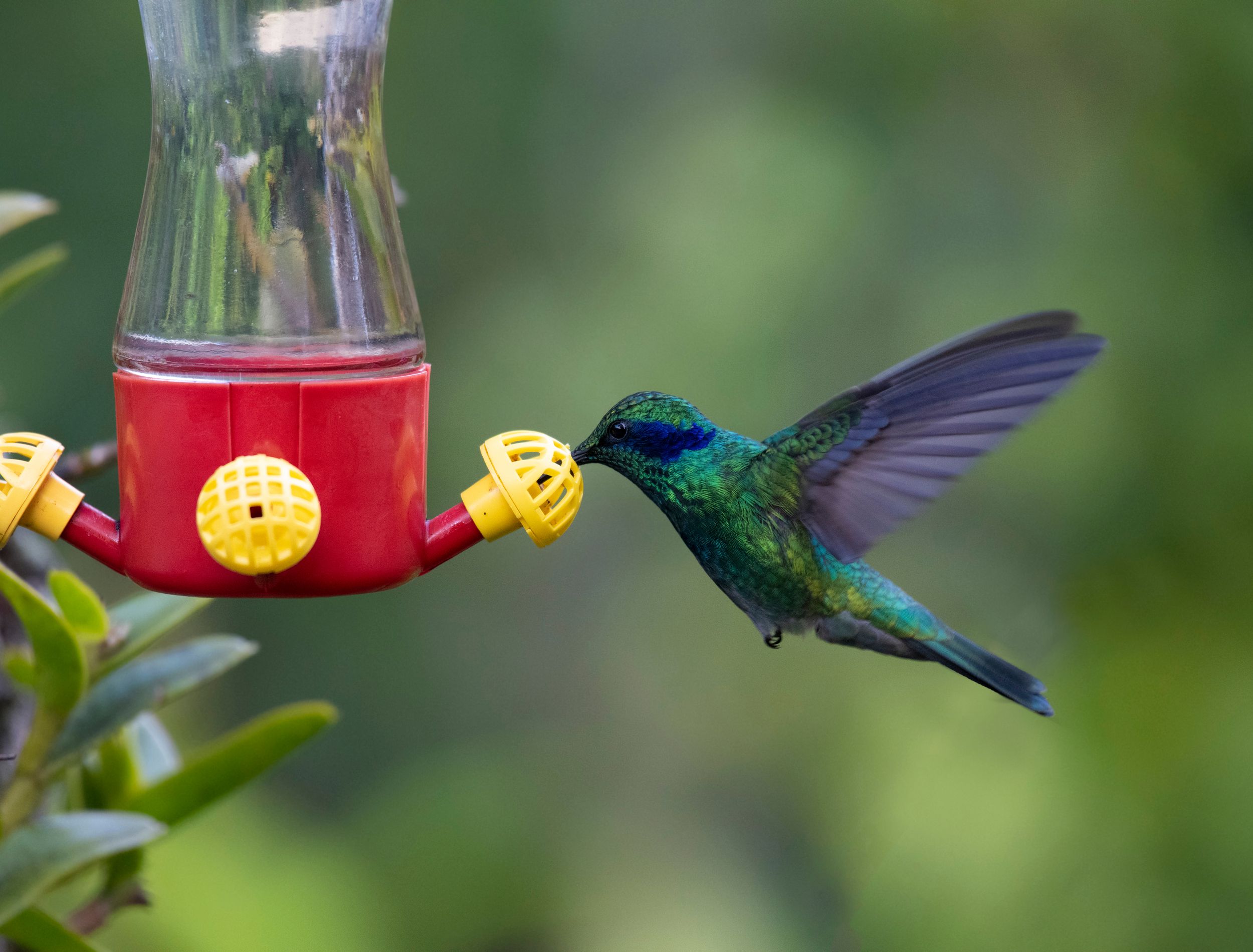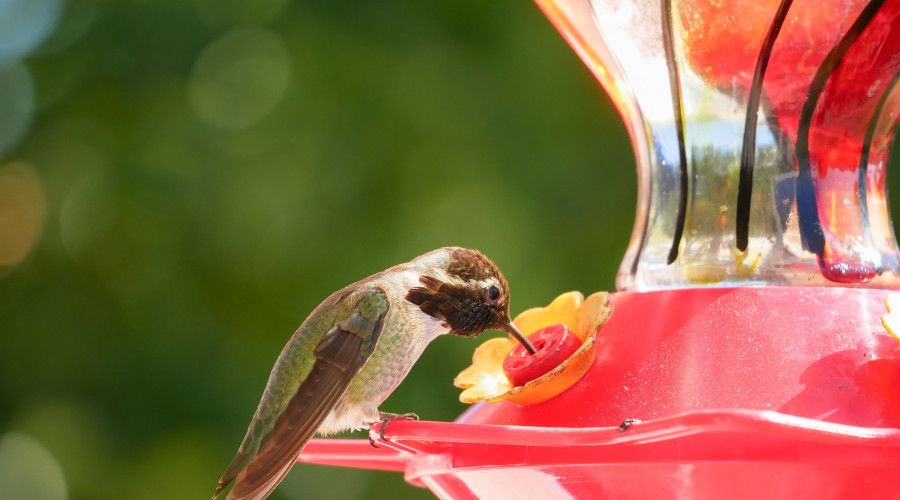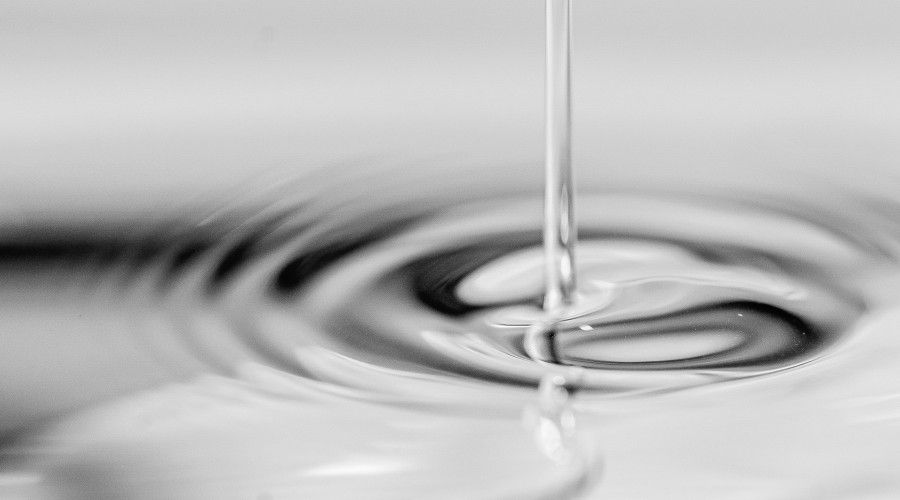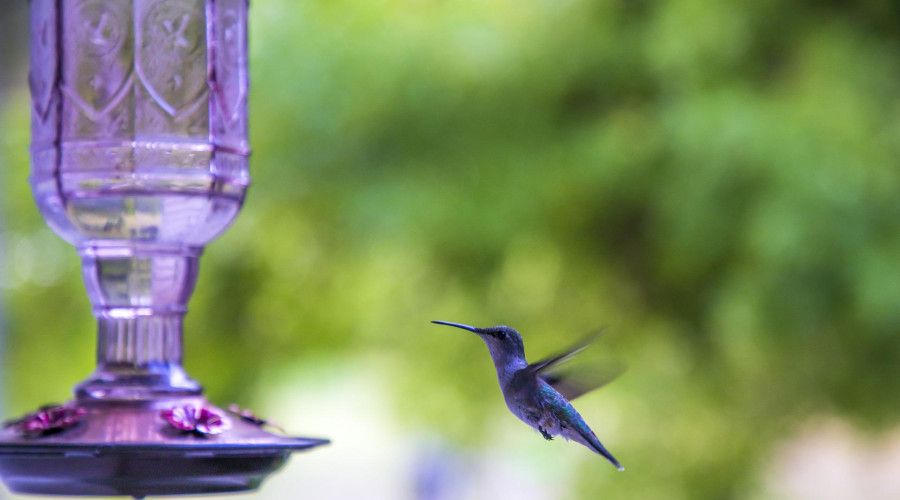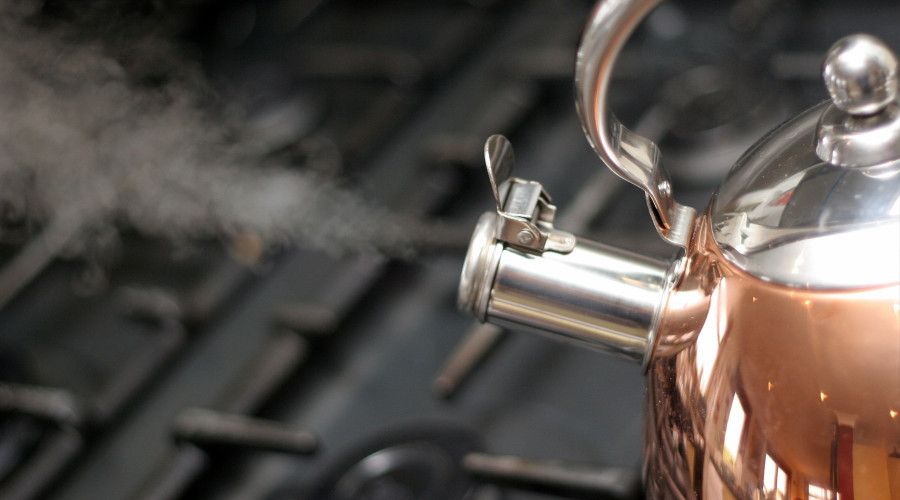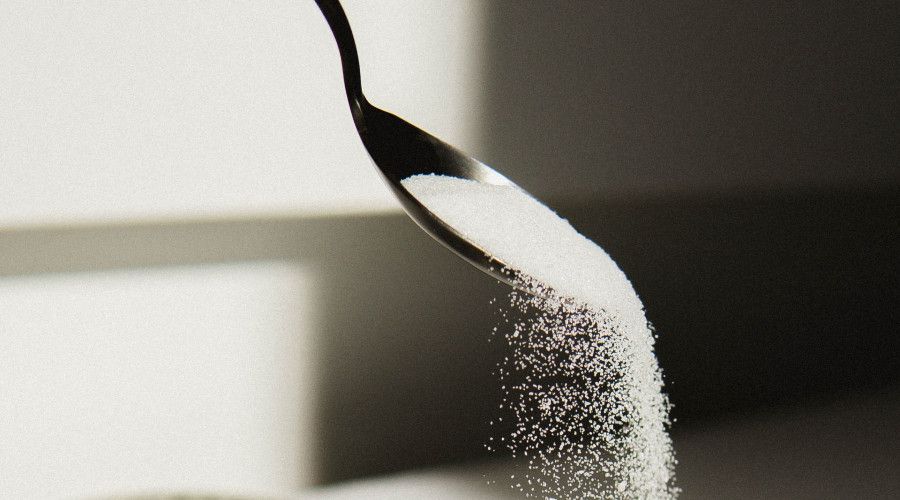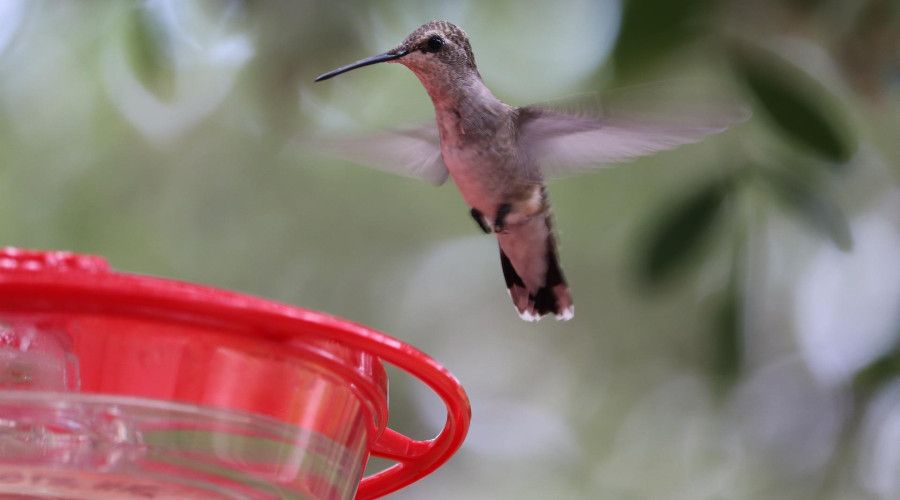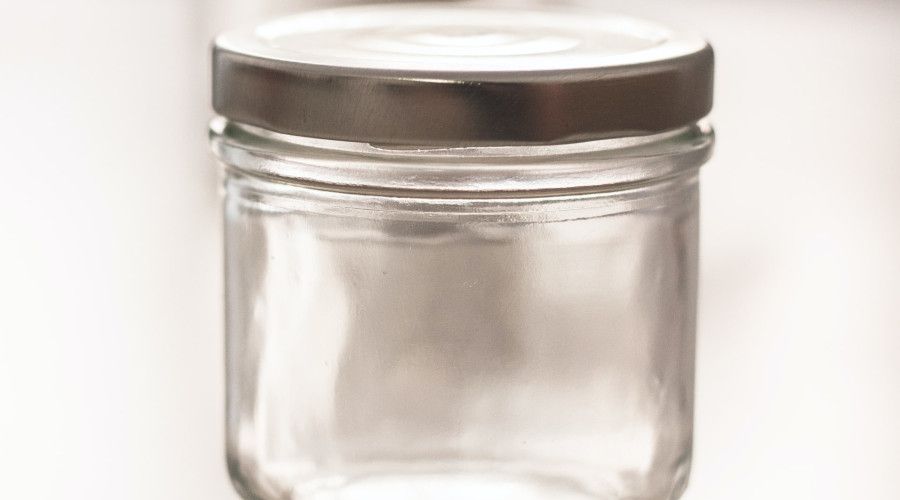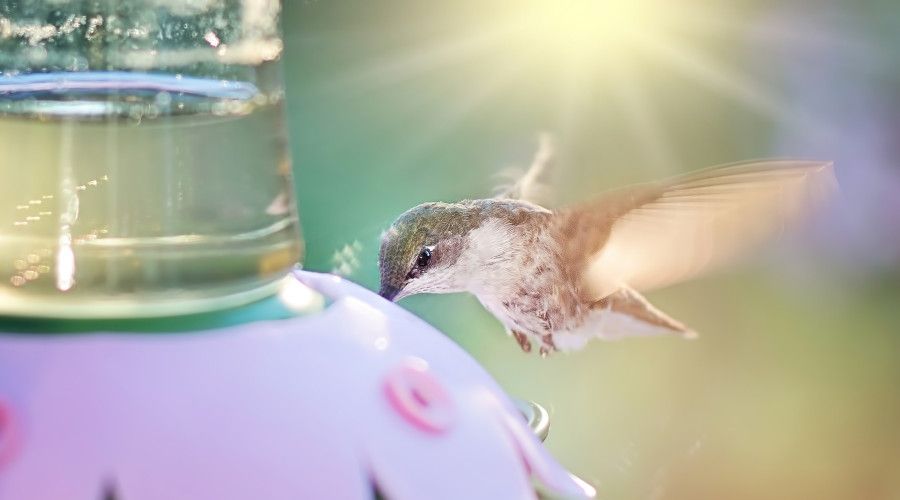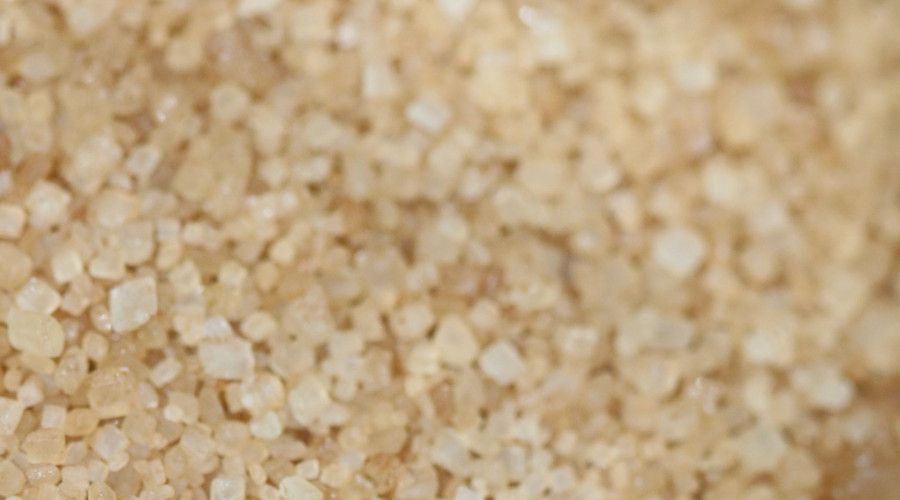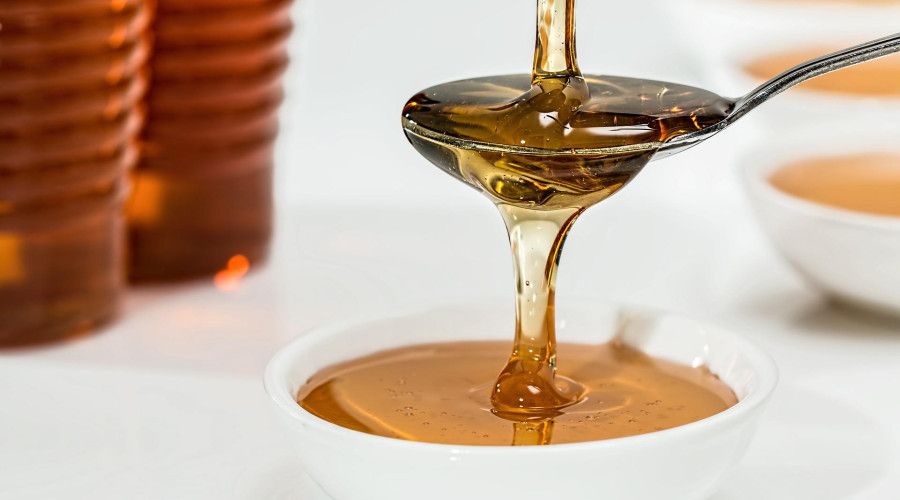Each spring and summer in the north and perhaps year-round in California and the southern United States, these tiny little buzzing birds flocks to our regions. They’re on the hunt for nectar and sweet flowers to sip from as they migrate, breed, and summer away from the hotter regions in the Americas.
Unfortunately, many of these beautiful species of hummingbirds have population declines thanks to deforestation, climate change, and predation, among other things. There are things we can do to help these tiny fliers, though, including providing them with healthy, sweet hummingbird nectar in our backyards.
What You Need to Make Hummingbird Nectar
Image credits: Zachary Crespin via Pixabay
Before you get started with making your own hummingbird nectar, there are some supplies and tools you’ll want on hand.
- Refined sugar
- Distilled, filtered, or purified water
- Glass jars with lids
- Hummingbird feeder(s)
- Measuring cups
- Small funnel
- Saucepan (method 2)
- Stovetop (method 2)
There are two basic methods for making hummingbird nectar. The first method takes a little longer during the making process, while the second takes longer to be ready to serve up for your hummer friends.
Method 1: Cold Water
Combine Water and Sugar
Image credits: John Wicks via Pixabay
Combine one part sugar and four parts water into a glass jar or bottle and mix thoroughly until the sugar dissolves. That is, if you have four cups of water, add one cup of sugar.
This could take a bit longer than the other method because sugar doesn’t instantly dissolve into cold water (if you’ve ever added sugar to iced tea, you know what we mean!).
Fill the Feeder
Image credits: Philip Wels via Pixabay
Once the sugar has dissolved into the water, add the nectar to your hummingbird feeders. Place the feeders outside in areas where you’d like to attract hummingbirds.
This should be, if at all possible, away from windows where cats hang out, high enough to keep feral cats out of easy reach, and in a location that isn’t in direct sun all day.
Method Two: Boiling Water
Boil the Water
Image credits: Ken Boyd via Pixabay
Bring the water to a medium boil and remove it from the heat.
Mix in Sugar and Let Cool
Image credits: Mathilde Langevine via Unsplash
Next, add the refined white sugar and stir until the sugar is completely dissolved. Let the sugar water cool completely.
For Both Methods: Change And Clean Feeders
Image credits: GeorgeB2 via Pixabay
Every other day, you should remove the feeders from the outdoors and thoroughly clean them before refilling them. The sugar in the water can attract insects, certainly, but it also attracts bacteria and other problems that can hummingbirds ill.
For Both Methods: Store the Extra Nectar
Image credits: Darío Méndez via Unsplash
Unless you have multiple feeders you’re filling with your nectar, store the nectar in the refrigerator to prevent it from going bad.
The nectar can be stored for up to two weeks in the refrigerator safely.
Do Not Use Red Dye
Image credits: Jill Wellington via Pixabay
It may be tempting to add the pretty red food dye to your hummingbird nectar. Please do not do so! The red dye may harm the hummingbirds. The colorful hummingbird feeders are more than enough to attract the hummingbirds to your feeders. They’re looking for the sugary sweet smell, not the red coloring.
Do Not Use Other Types of Sugar
Image credits: John Cutting via Unsplash
Organic cane sugar, brown sugar, raw cane sugar, and artificial sweeteners can contain ingredients that are harmful to hummingbirds. Only use refined white sugar for the nectar.
Do Not Substitute Honey or Agave for Sugar
Image credits: Steve Buissine via Pixabay
Additionally, it’s likely to be tempting to change some of the sugar for honey or agave since it feels more natural than refined white sugar. Unfortunately, honey is far more likely to cause severe bacterial infections than sugar is and should not be substituted.
Create a Hummingbird Paradise
Hummingbirds need our help, and there are many ways we can give them at least a little bit of what they need. The first step is providing them with these hummingbird feeders full of sweet, sugary nectar in a garden full of hummingbird-friendly spaces.
Additionally, planting hummingbird-friendly flowers in the garden provides them with more feed, as well as places to nest and roost as needed. Some of their favorites are cardinal flowers, bee balm, penstemon, hosta, catmint, Agastache, zinnias, columbine, salvia, trumpet honeysuckle, delphinium, and trumpet vine.
You can also read up on hummingbird preservation at the Audubon Society and the Smithsonian, and donate to organizations that preserve their habitats and care for them. Also, prevent your hummer pals from coming into contact with your cats and dogs who may go crazy for them.

